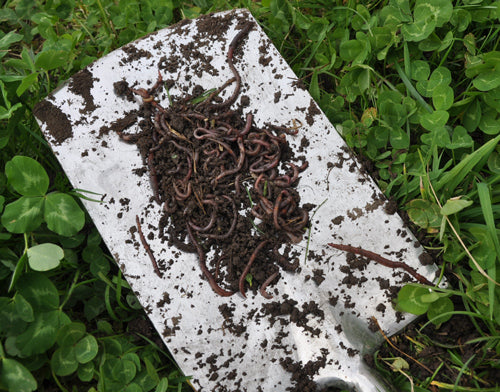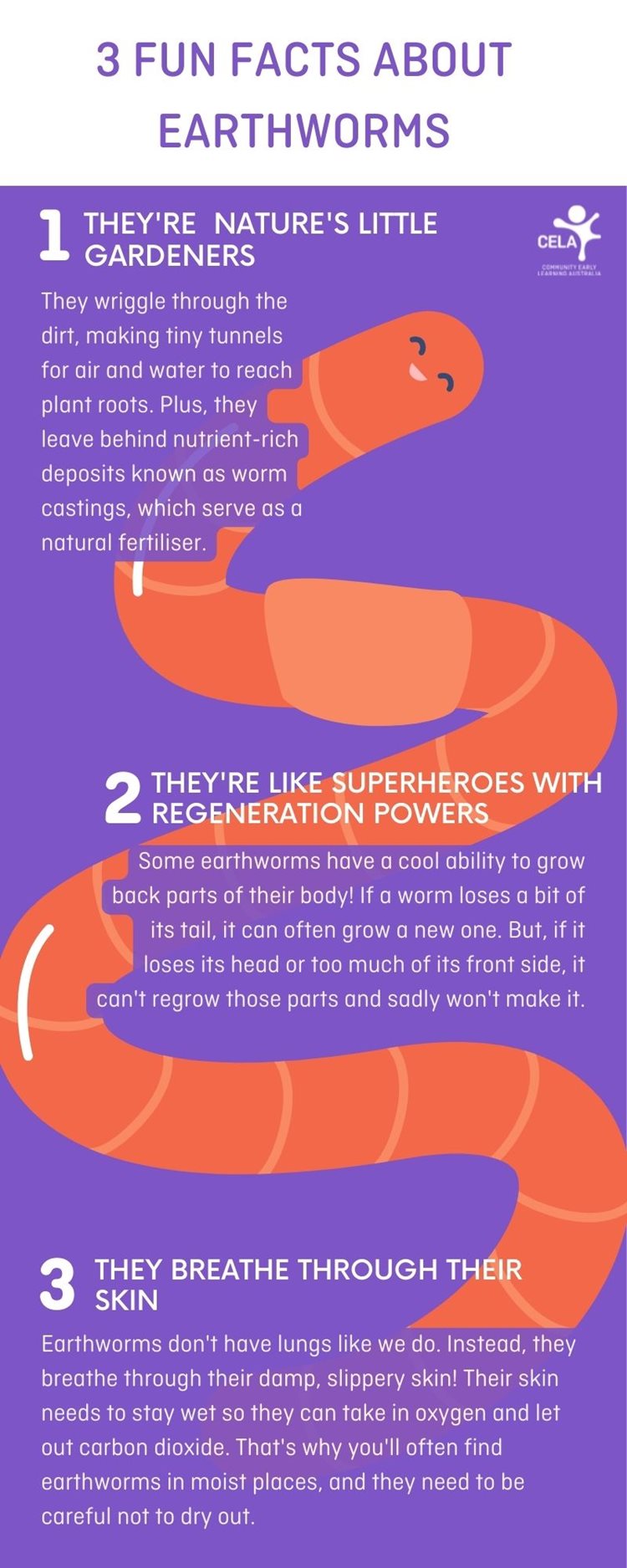Some Of North Carolina Worms
Some Of North Carolina Worms
Blog Article
Not known Factual Statements About North Carolina Worms
Table of ContentsIndicators on North Carolina Worms You Should KnowNorth Carolina Worms Can Be Fun For AnyoneAll About North Carolina WormsNorth Carolina Worms Things To Know Before You Buy
Example: 1-gallon of worm spreadings to 4 gallons of potting mix. 1/2 mug in the base of the growing opening for smaller sized plants. 1 mug for larger plants.
The addition of tea can also include increased microbial biomass to your dirt. You can always side-dress your plants with worm castings at any moment. Just keep in mind, the microorganisms will certainly pass away if subjected to UV rays (Sunlight), so be certain to cover the castings with an inch approximately of dirt.
This baffled them for many years till the testing methods came to be better. They located that plant development and health and wellness exhibited a Normal curve. It would certainly get far better(with even more castings), level off, and after that decrease. They were mystified. They finally uncovered that excess plant-growth hormonal agents were the wrongdoer. Too several worm castings would accelerate the development to a rate that the plant might not recover from.
The Buzz on North Carolina Worms
I have clarified the merits of worm spreadings for concerning 2000 words. Worm spreadings are no various. It takes time to develop top quality worm castings.
Worm spreadings absolutely set you back more than chemical plant foods. Worm spreadings are on the less expensive end of organic plant foods. (50 gallons per year) It is a much tougher and very pricey investment to generate huge quantities of worm castings.

Developing a healthy and balanced dirt might be the greatest benefit of worm castings. We talked about worm spreadings NPK and likewise the proper nutrient evaluation that should use to worm spreadings.
Some Known Details About North Carolina Worms
We talked regarding some of the disadvantages associated with worm spreadings. I covered a great deal of product in this post.
The vertical burrows are typically open, although the worms top the top with residue and excrement. Origins require oxygen for their growth, whereas they produce carbon dioxide that requires to leave the dirt.
Earthworms boost porosity by two systems: (1) by creating long-term burrows, and (2) by boosting dirt aggregation. Aggregation is enhanced by the blending of dirt and raw material in the earthworms' guts. North Carolina Worms. These highly steady aggregates are deposited by some earthworms in their burrows, and by others at the surface of the soil


In one more research, earthworms were approximated to eat 4 to 10 percent of the top 6 inches of the soil yearly. Soil compaction reduces the porosity of the soil.
A Biased View of North Carolina Worms
Common earthworm populaces can easily eat 2 lots of dry matter per acre each year, partially absorbing and mixing it with dirt. The importance of earthworms to blend surface area deposit with soil ends up being extremely clear in soils that do not have any type of earthworms. The majority of our Pennsylvania soils have at least some earthworms, and the result of their full lack, for that reason, can not be kept in mind.
(https://relateddirectory.org/details.php?id=267856)In these soils, the development of topsoil with sensible organic matter web content did not happen, resulting in inadequate plant growth. When the cause was developed, the government of the Netherlands started a campaign to introduce earthworms. After the introduction of the earthworms, a dark topsoil layer was formed, and plant development increased significantly.
They live mainly from partially broken down organic matter that is already included in the soil. These species consume huge amounts of dirt that they blend with absorbed plant deposit in their intestines.
Their burrows continue to be open, although they top the leading with plant deposit that they draw to the entryway. These types consume significant quantities of soil that they blend with absorbed deposit in their guts. Their excrement is primarily deposited at the surface area of the soil. The nightcrawler Lumbricus terrestris is the most famous participant of this group.
Report this page